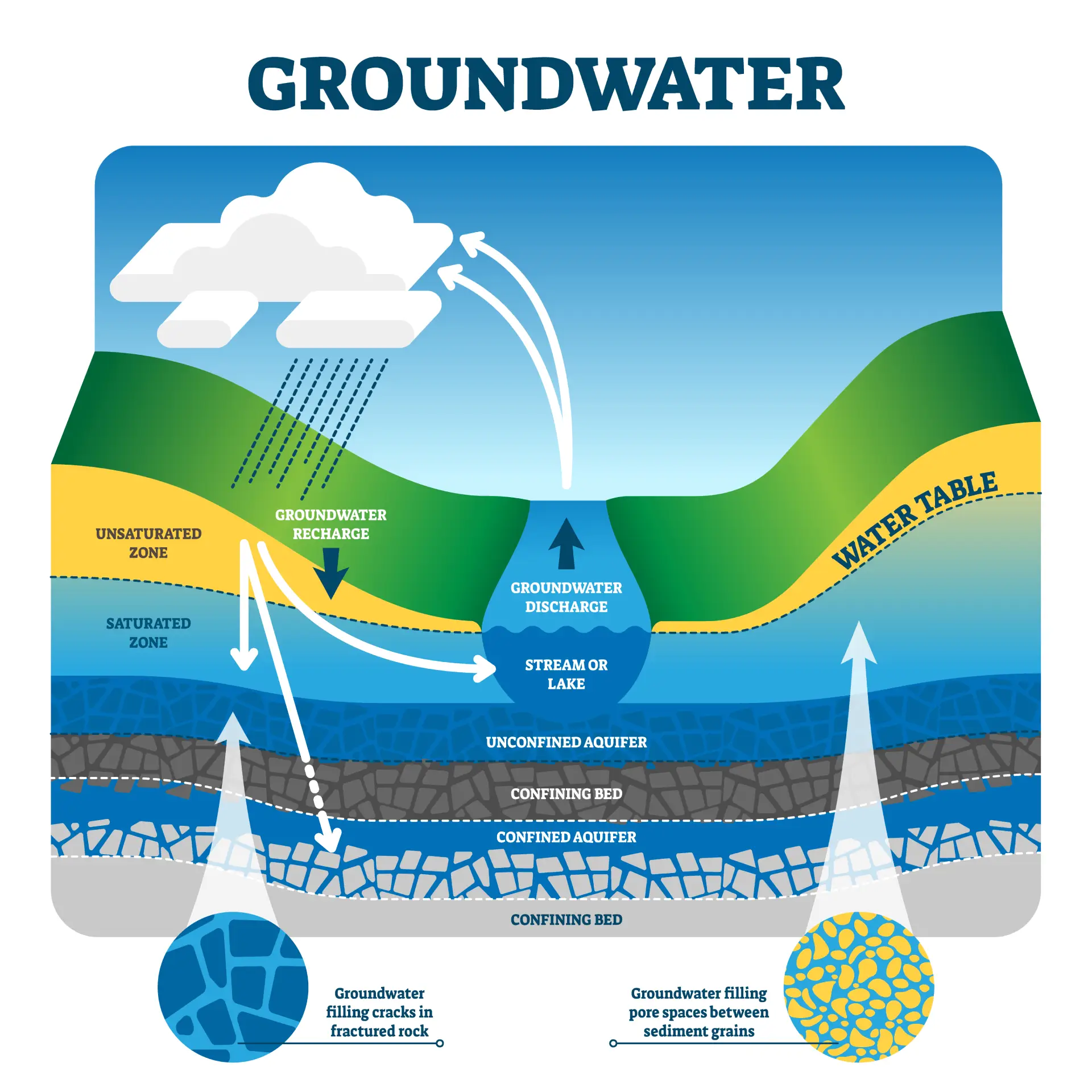The 1000-year-long Voyage of Water: How Water circulates through the Oceans!

Currents, or bodies of water moving in a specific direction, are like rivers within the ocean. There are two kinds of currents in the ocean: surface currents driven by wind, and deep ocean currents. The deep ocean currents flow due to a difference in water density. Cold, salty water sinks, and warmer, fresher water floats.
The movement of water around the world (through deep ocean currents) is called thermohaline circulation. It takes 1,000 years for each cycle. When warmer, fresher water reaches the Arctic poles, it turns cold and starts to sink. As it sinks, dissolved minerals also fall to the depths.
This water then makes its way through the Atlantic and Pacific Oceans, around Antarctica, and the Indian Ocean. These deep ocean currents ring cold water toward the equator and both the North and South poles and help to balance the Earth’s climate.






